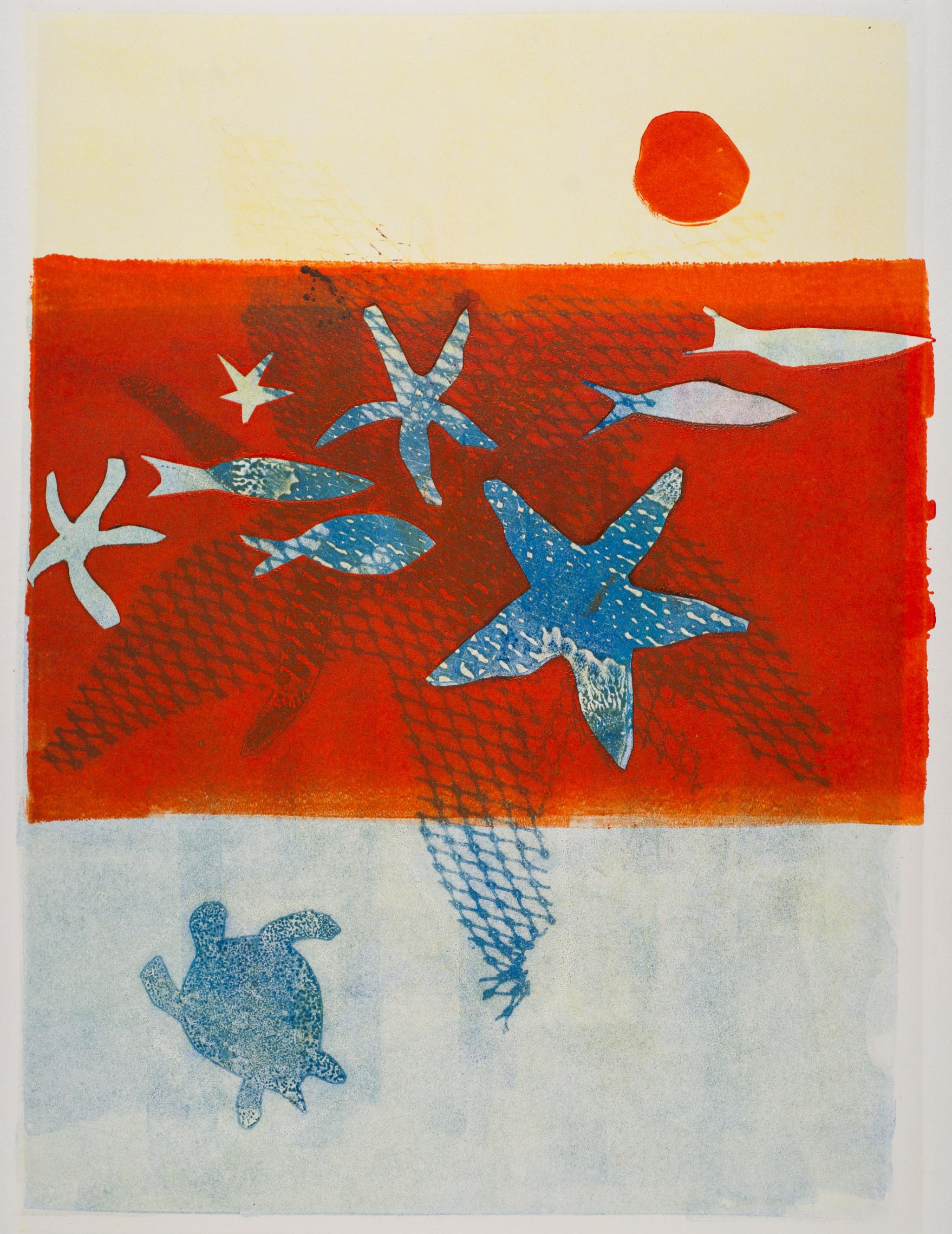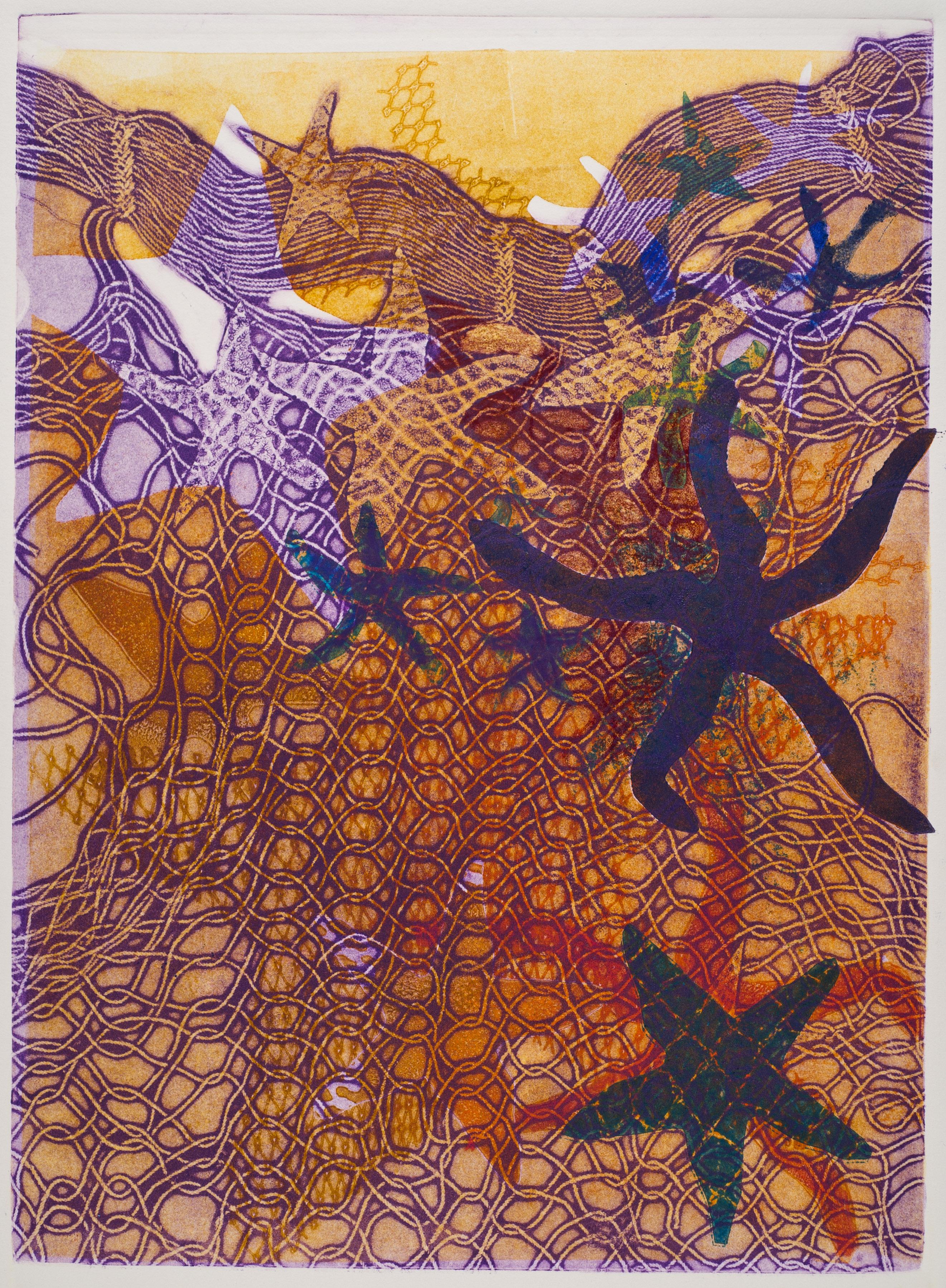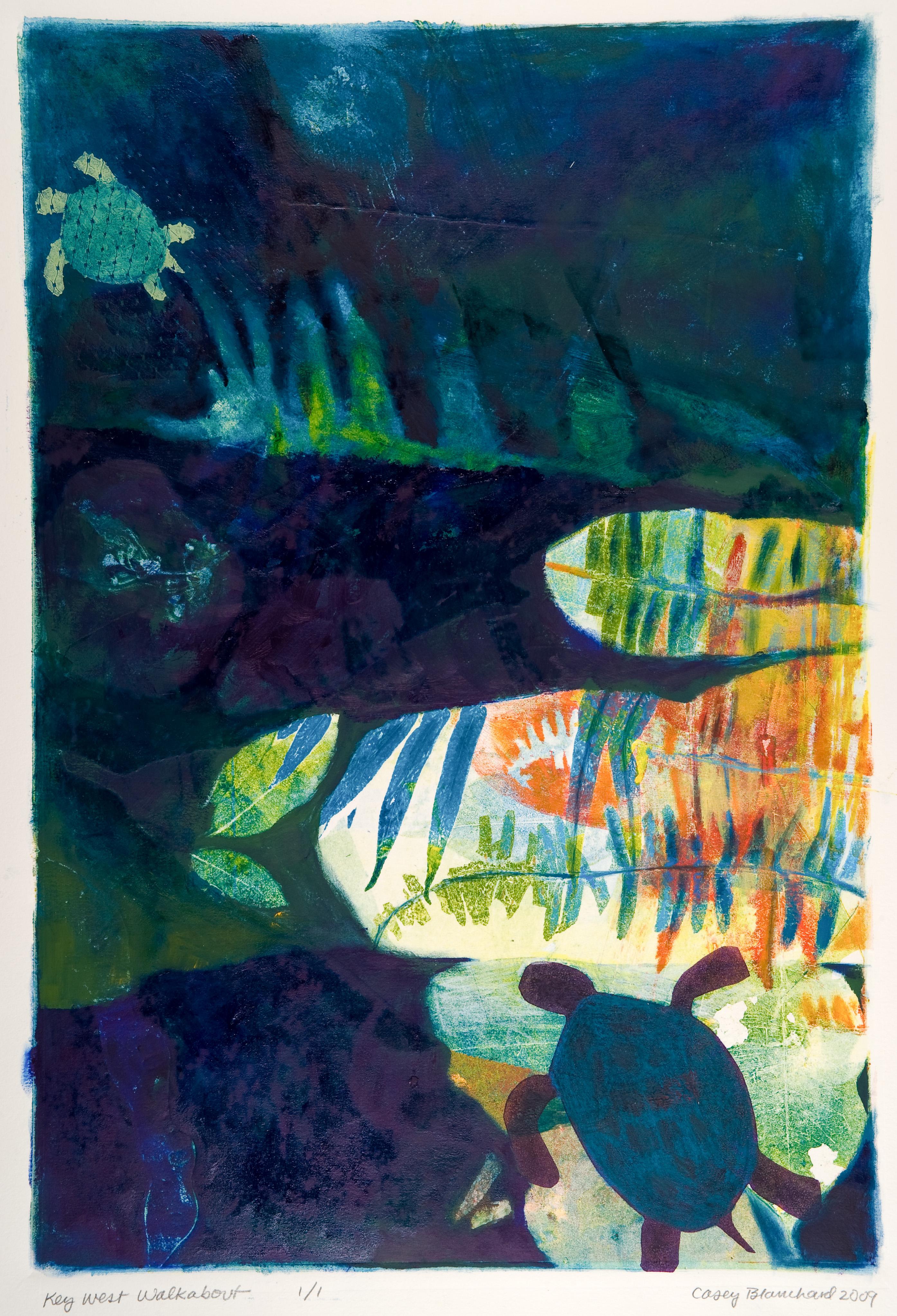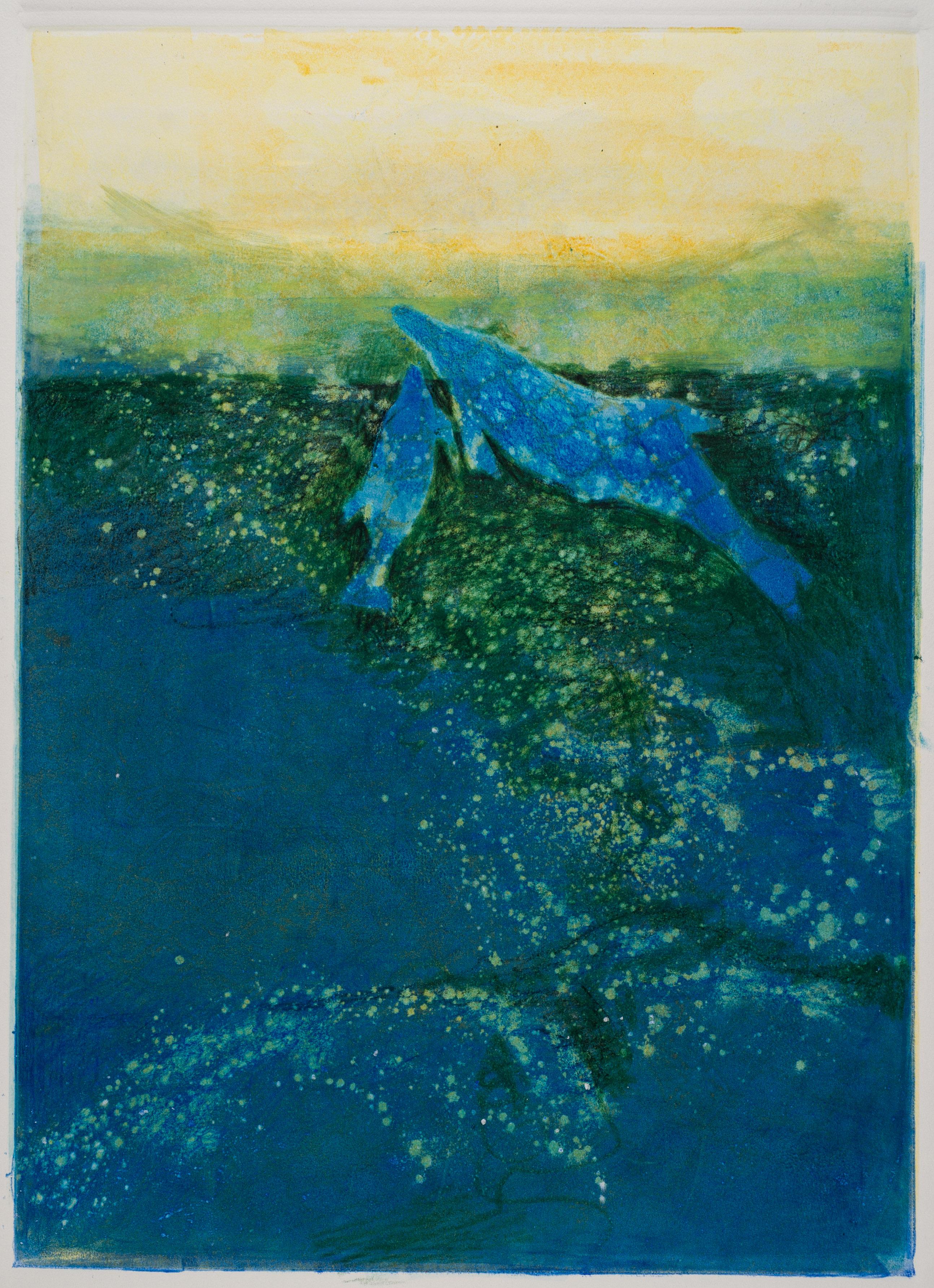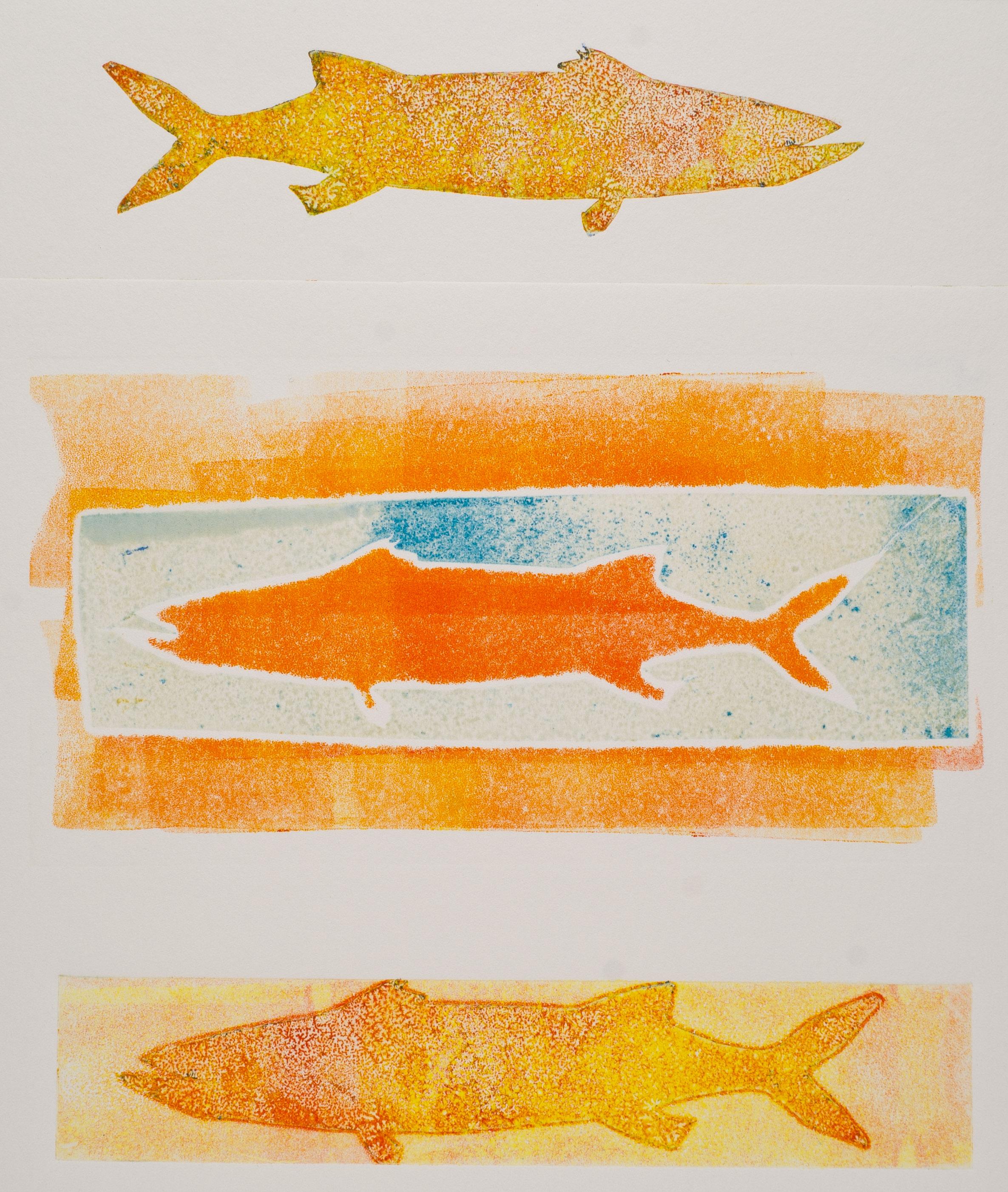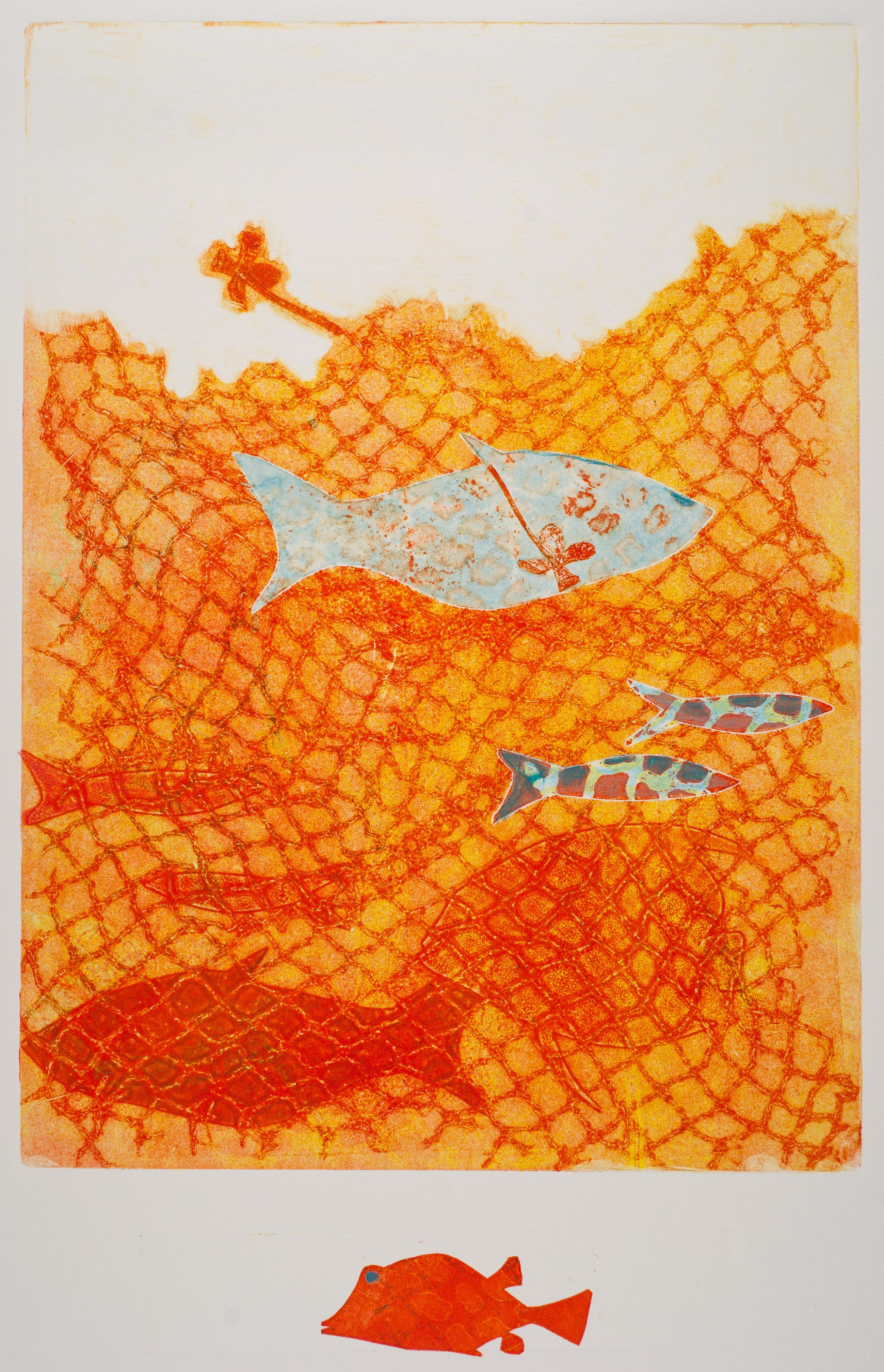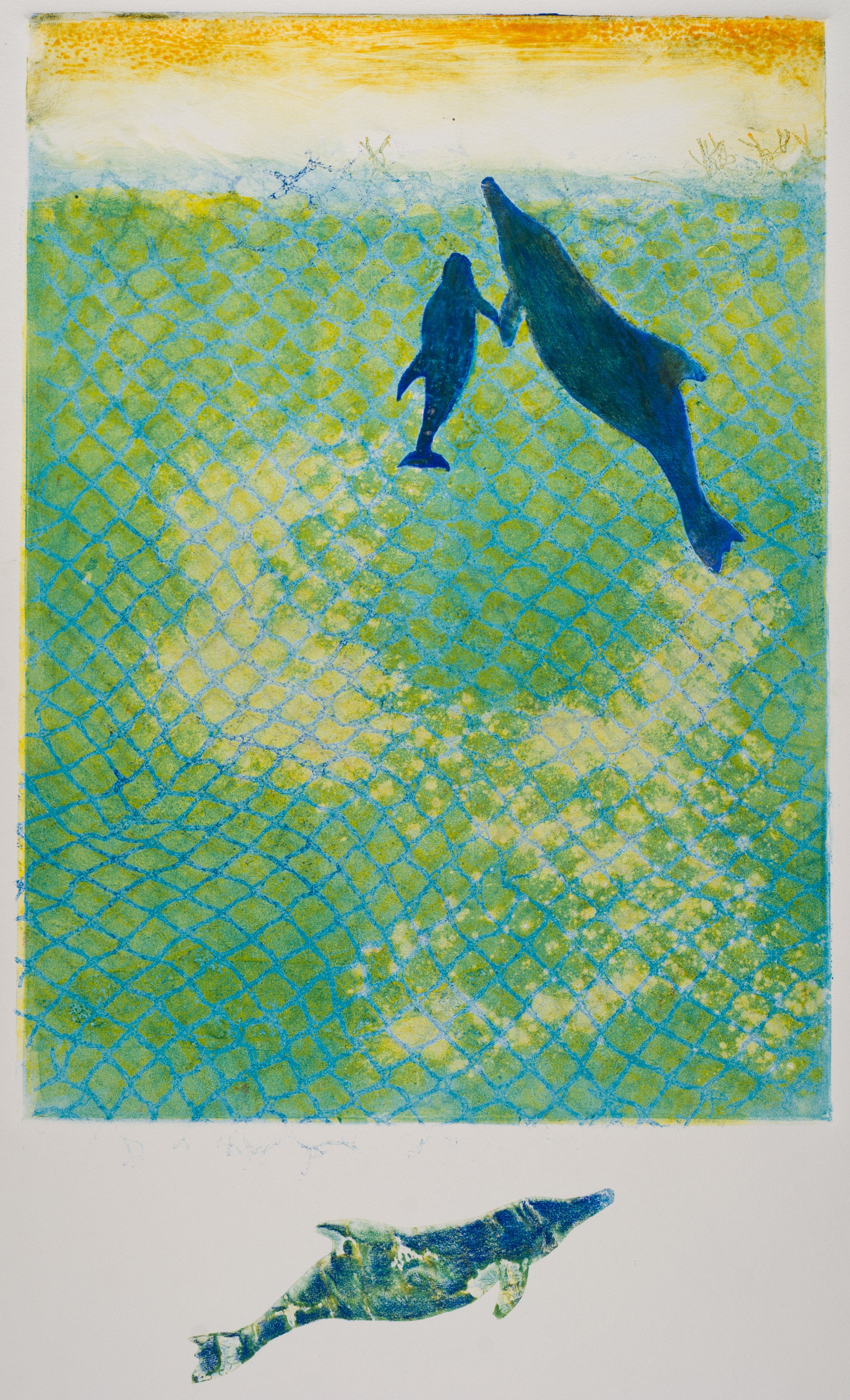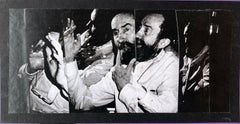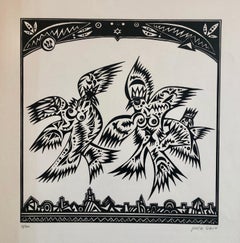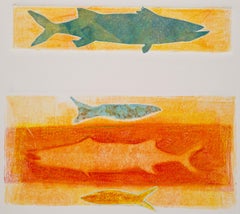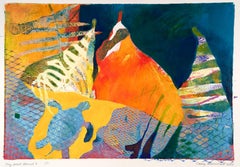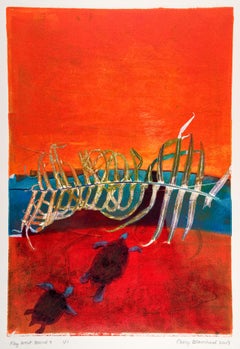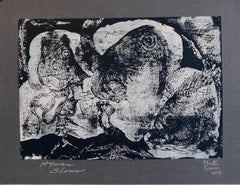
Boston Abstract Expressionist Hyman Bloom Monoprint Monotype Print Martin Sumers
View Similar Items
Want more images or videos?
Request additional images or videos from the seller
1 of 8
Hyman BloomBoston Abstract Expressionist Hyman Bloom Monoprint Monotype Print Martin Sumers
$1,500List Price
About the Item
- Creator:Hyman Bloom (1913 - 2009, American)
- Dimensions:Height: 8.5 in (21.59 cm)Width: 11 in (27.94 cm)
- Medium:
- Movement & Style:
- Period:
- Condition:
- Gallery Location:Surfside, FL
- Reference Number:1stDibs: LU3827957102
About the Seller
4.9
Platinum Seller
Premium sellers with a 4.7+ rating and 24-hour response times
Established in 1995
1stDibs seller since 2014
1,780 sales on 1stDibs
Authenticity Guarantee
In the unlikely event there’s an issue with an item’s authenticity, contact us within 1 year for a full refund. DetailsMoney-Back Guarantee
If your item is not as described, is damaged in transit, or does not arrive, contact us within 7 days for a full refund. Details24-Hour Cancellation
You have a 24-hour grace period in which to reconsider your purchase, with no questions asked.Vetted Professional Sellers
Our world-class sellers must adhere to strict standards for service and quality, maintaining the integrity of our listings.Price-Match Guarantee
If you find that a seller listed the same item for a lower price elsewhere, we’ll match it.Trusted Global Delivery
Our best-in-class carrier network provides specialized shipping options worldwide, including custom delivery.More From This Seller
View AllVintage Abstract Expressionist Hyman Bloom Photo Collage Assemblage Photograph
By Martin Sumers
Located in Surfside, FL
This is a unique original collage, decoupage style of Jiri Kolar, This is an exceptional artwork which was part of a collaboration between Hyman Bloom and fellow artist and his very ...
Category
1990s Modern Animal Prints
Materials
Paper, Photographic Paper
Vintage Abstract Expressionist Hyman Bloom Photo Collage Assemblage Photograph
By Martin Sumers
Located in Surfside, FL
This is a unique original collage, decoupage style of Jiri Kolar, This is an exceptional artwork which was part of a collaboration between Hyman Bloom and fellow artist and his very ...
Category
20th Century Modern Animal Prints
Materials
Paper, Photographic Paper
Post Soviet Nonconformist Avant Garde Russian Israeli Woodcut Woodblock Print
By Michail Grobman
Located in Surfside, FL
Woodcut woodblock (small possibility it is a Silkscreen Serigraph) print hand signed, numbered.
Michail Grobman (Russian: Михаил Гробман, Hebrew: מיכאיל גרובמן, born 1939) is an a...
Category
20th Century Modern Animal Prints
Materials
Woodcut
Large Post Soviet Non Conformist Russian Israeli Angel Lithograph Print
By Michail Grobman
Located in Surfside, FL
Silkscreen Serigraph print hand signed, numbered.
Michail Grobman (Russian: Михаил Гробман, Hebrew: מיכאיל גרובמן, born 1939) is an artist and a poet working in Israel and Russia....
Category
20th Century Modern Animal Prints
Materials
Lithograph, Screen
Large Post Soviet Non Conformist Russian Israeli Volcano Lithograph Silkscreen
By Michail Grobman
Located in Surfside, FL
Silkscreen Serigraph print hand signed, numbered.
Michail Grobman (Russian: Михаил Гробман, Hebrew: מיכאיל גרובמן, born 1939) is an artist and a poet working in Israel and Russia....
Category
20th Century Modern Animal Prints
Materials
Lithograph, Screen
Large Post Soviet Non Conformist Russian Israeli Foil Silkscreen Print
By Michail Grobman
Located in Surfside, FL
Silkscreen Serigraph print hand signed, numbered.
Michail Grobman (Russian: Михаил Гробман, Hebrew: מיכאיל גרובמן, born 1939) is an artist and a poet working in Israel and Russia....
Category
20th Century Modern Animal Prints
Materials
Lithograph, Screen
You May Also Like
Key West Bound 46
By Casey Blanchard
Located in Boston, MA
Artist Commentary:
The Key West Bound Series is about the insistent nature of Key West’s ability to adapt and thrive despite the continual barrage of hurricanes, weather patterns, a...
Category
21st Century and Contemporary Abstract Animal Prints
Materials
Mixed Media, Rag Paper, Monoprint
Key West Bound 66
By Casey Blanchard
Located in Boston, MA
Artist Commentary:
The Key West Bound Series is about the insistent nature of Key West’s ability to adapt and thrive despite the continual barrage of hurricanes, weather patterns, a...
Category
21st Century and Contemporary Abstract Animal Prints
Materials
Mixed Media, Rag Paper, Monoprint
Key West Bound 4
By Casey Blanchard
Located in Boston, MA
Artist Commentary:
The Key West Bound Series is about the insistent nature of Key West’s ability to adapt and thrive despite the continual barrage of hurrica...
Category
21st Century and Contemporary Abstract Animal Prints
Materials
Mixed Media, Rag Paper, Monoprint
Key West Bound 9
By Casey Blanchard
Located in Boston, MA
Artist Commentary:
The Key West Bound Series is about the insistent nature of Key West’s ability to adapt and thrive despite the continual barrage of hurricanes, weather patterns, a...
Category
21st Century and Contemporary Abstract Animal Prints
Materials
Mixed Media, Rag Paper, Monoprint
Key West Bound 44
By Casey Blanchard
Located in Boston, MA
Artist Commentary:
The Key West Bound Series is about the insistent nature of Key West’s ability to adapt and thrive despite the continual barrage of hurricanes, weather patterns, a...
Category
21st Century and Contemporary Abstract Animal Prints
Materials
Mixed Media, Rag Paper, Monoprint
Key West Walkabout
By Casey Blanchard
Located in Boston, MA
Artist Commentary:
The Key West Bound Series is about the insistent nature of Key West’s ability to adapt and thrive despite the continual barrage of hurrica...
Category
21st Century and Contemporary Abstract Animal Prints
Materials
Mixed Media, Rag Paper, Monoprint
